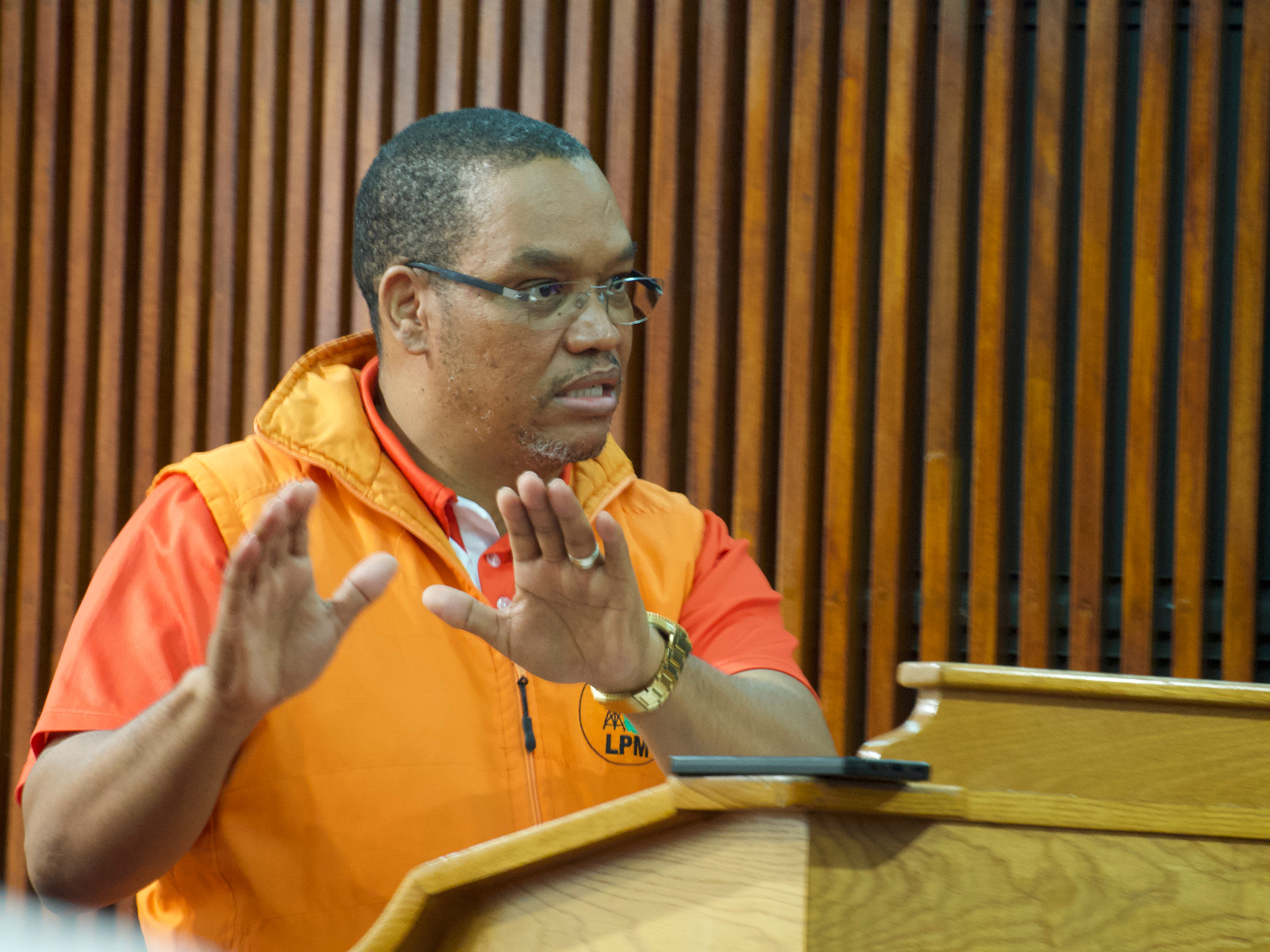PARIS – Jungle saviour, noble savage, or green super hero? Tarzan’s many mythical faces come under the microscope at a Paris show complete with sounds of the forest, and the hero’s distinctive cry.
Tarzan’s ululating call made famous by 1930s actor Johnny Weissmuller is to echo through the gardens and galleries of Paris’ newest arthouse, the Quai Branly museum, from this week until September 27.Bringing together books, films, comics, toy figures, stuffed apes and other animals, as well as some of the museum’s top African artefacts, the show titled ‘Tarzan!’ aims to explore the inspiration of Tarzan creator, US novelist Edgar Rice Burroughs.’Popular western culture,’ said the head of the museum Stephane Martin, ‘whether it be books, fashion or music, is nurtured by non-European worlds. Tarzan shows how the West saw Africa.’Tarzan came to life in Rice Burrough’s imagination in 1912 in ‘Tarzan of the Apes’, with the writer penning 26 novels before his 1950 death about the feral child to be who was born in Africa to Lord Greystoke and his wife, abandoned there by mutineers.The writer had never set foot on the continent, where the baby was brought up by apes after his parents’ demise, but had read Rudyard Kipling’s ‘Jungle Book’ and visited the 1893 Chicago World’s Fair – his hometown – where 46 countries were represented.’He was influenced by Kipling’s Mowgli, by stories of children brought up in the jungle, by Africans he saw at the Chicago fair,’ said anthropologist Roger Boulay, who curated the show.It took years for the Tarzan books to circle the globe and eventually be published in more than 15 million copies.But the ape-man won instant notoriety on screen, with the first of 42 Tarzan films, not including TV series, shot in 1916 during the silent-movie era, with Elmo Lincoln in the title role.The jungle hero was played in subsequent years by sportsmen such as champion shot-putter Herman Brix or decathlon champ Glenn Morris. But it was star swimmer Weissmuller who turned the vine-swinging king of the air into the lord of the water, and claimed responsibility for inventing his iconic cry.Tarzan’s most-remembered Jane was Maureen O’Sullivan (Mia Farrow’s mother), who appeared in 68 movies between 1930 and 1988 but was specially noted for half a dozen between 1932 and 1942 in which she played alongside Weissmuller in a scanty costume that caused a scandal.Growing up as modern Chicago took shape, and writing as the depression years undermined the United States, Rice Burroughs sketched a hero who epitomised a loss of trust in Western consumer society and the possibility of returning to nature.’Tarzan thought about how fragile the frontier between the primitive and the civilised is,’ wrote Rice Burroughs.’Tarzan differs from other super-heroes because his resources are in himself,’ said curator Boulay. ‘He grew up in nature, the others such as Batman or others took their super powers from other galaxies.’Tarzan’s Africa was a hotch-potch, however, peopled with ancient crusaders, female Amazon warriors, Asian tigers, and the like.Throughout he was the perfect ecological warrior, eating what he hunted, protecting nature, fighting ivory poachers, slave traders and the trafficking of wild animals. And in one of the last films to deal with the myth, the 1983 movie ‘Greystoke’, the hero finally returned to the forest, saying ‘I am returning to my home because I now know what I am not.’The show also features original prints by Tarzan’s most famous comic book illustrator Burne Hogarth.’The aim of this show is to get people thinking,’ said Martin. ‘The function of an anthropological museum nowadays is not to offer people a set portrait of a civilisation but to help visitors reflect.’ – Nampa-AFP
Stay informed with The Namibian – your source for credible journalism. Get in-depth reporting and opinions for
only N$85 a month. Invest in journalism, invest in democracy –
Subscribe Now!










